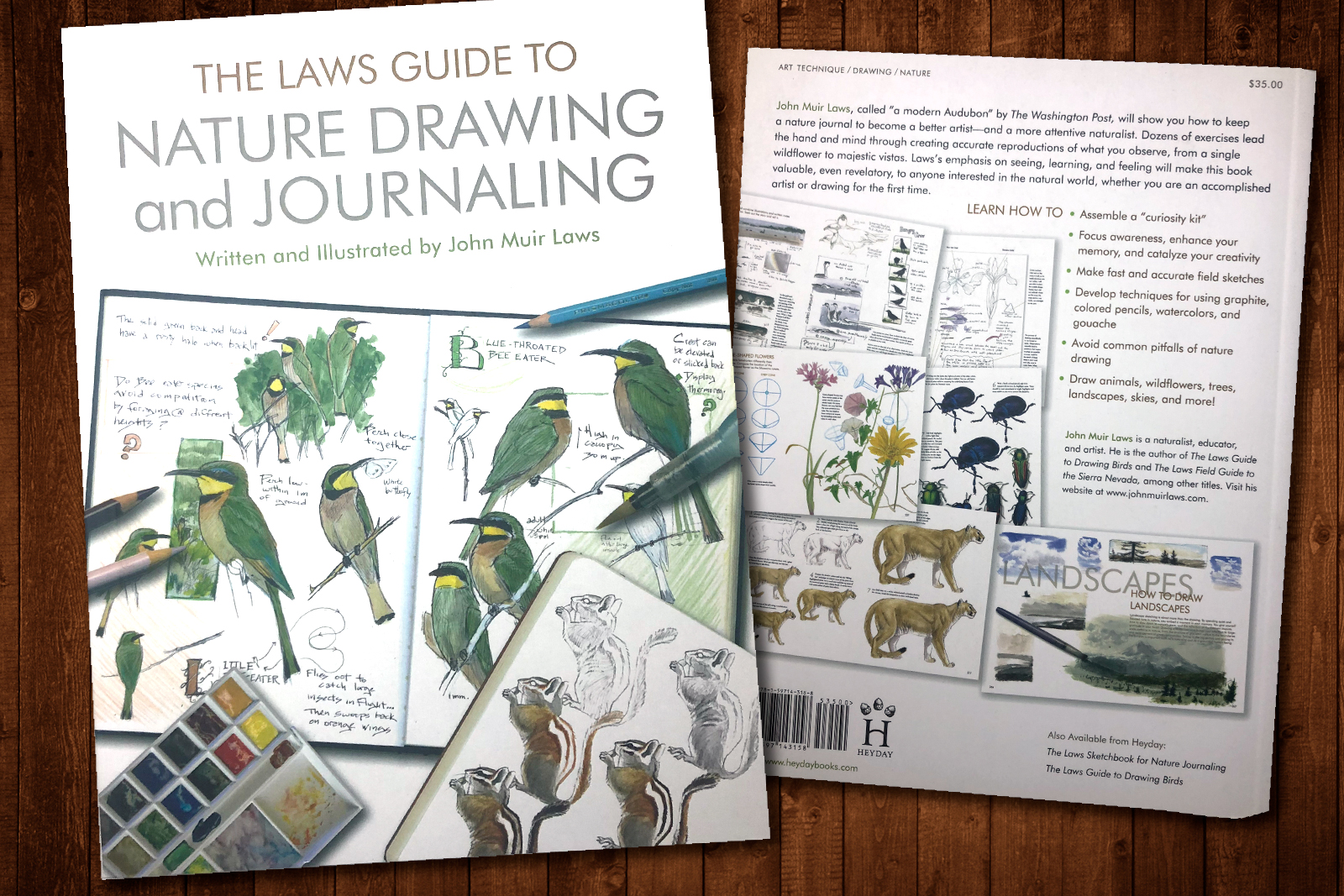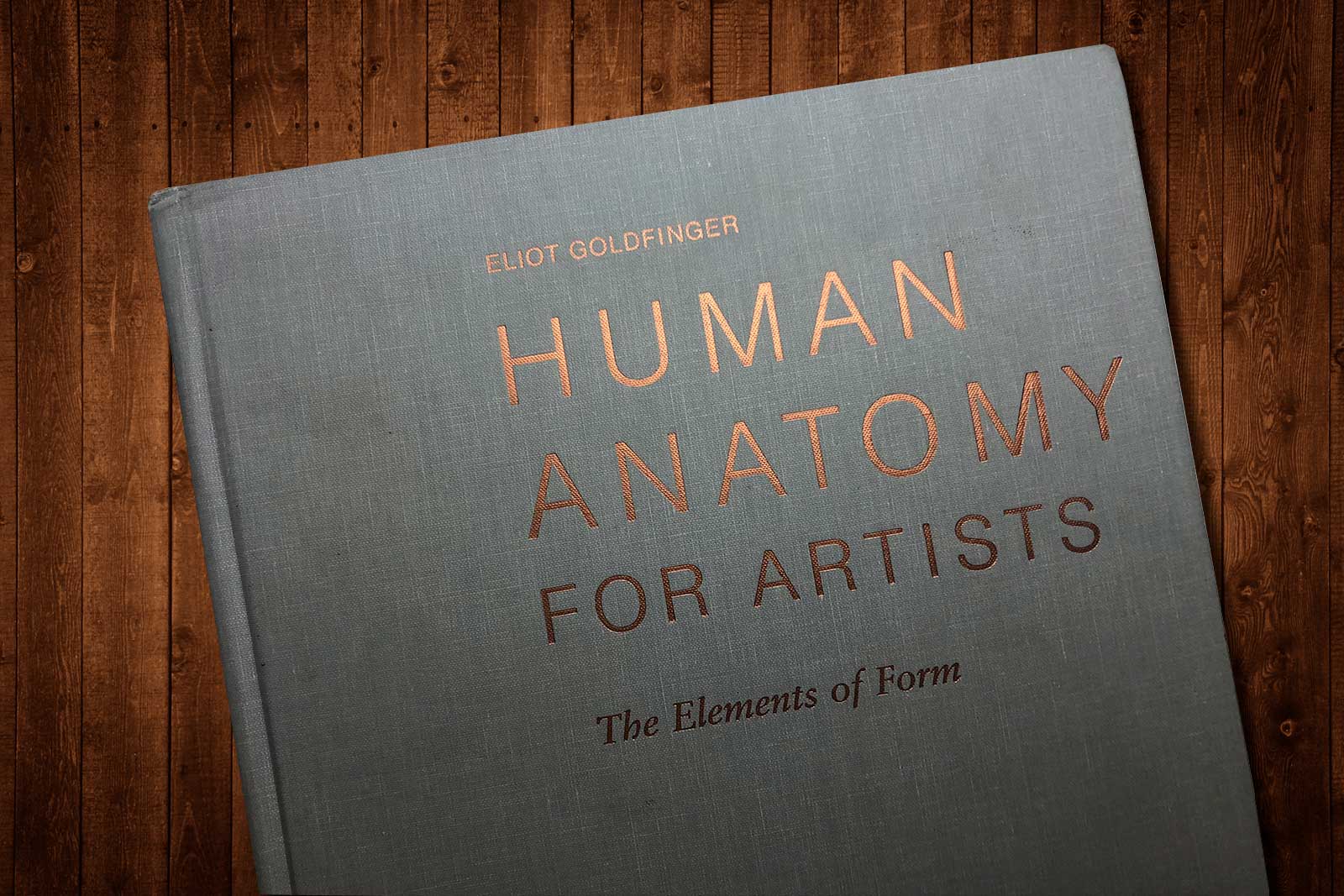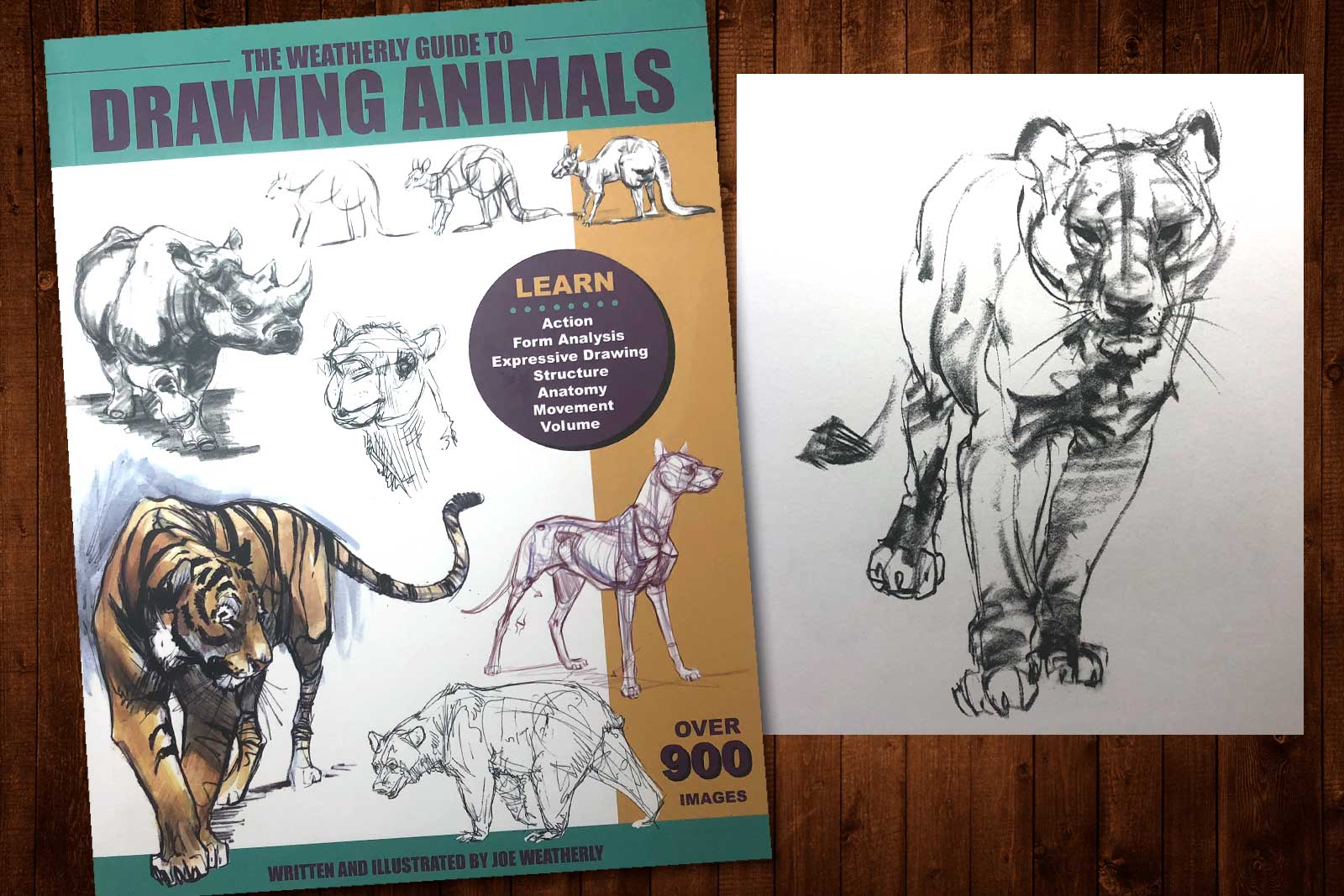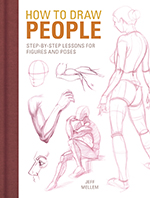Pogo
Pogo was a popular American comic strip by cartoonist Walt Kelly that ran from 1948 through 1975. The strip varied from slapstick and whimsy to sharp political and social satire and appealed to both kids and adults. Kelly was a masterful artist and he infused both the characters and their world with vivid personalities through his skillful artwork. Kelly began his art career as an artist for Walt Disney Studios and he worked on Pinocchio, Fantasia, and Dumbo before he created Pogo.








